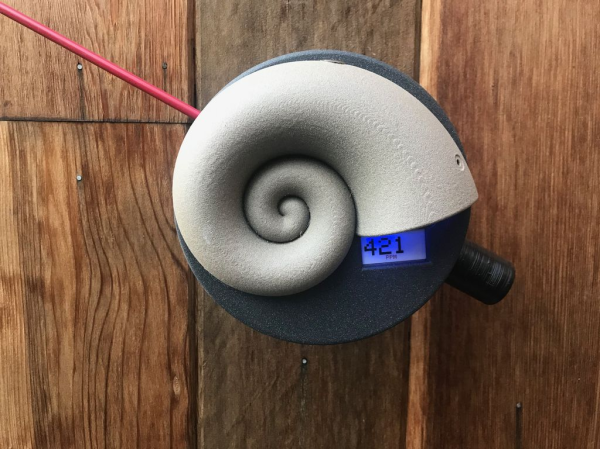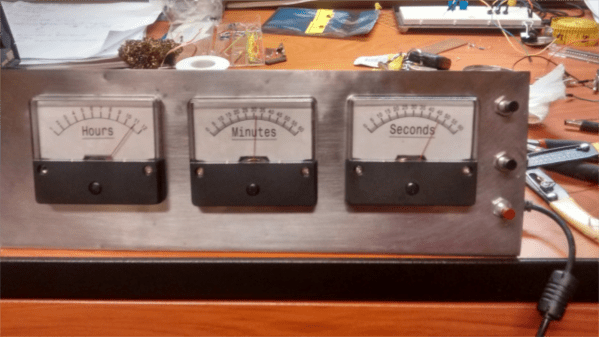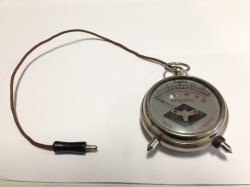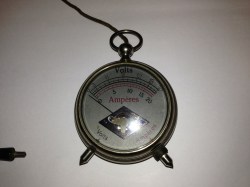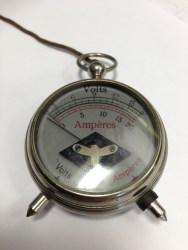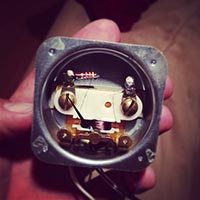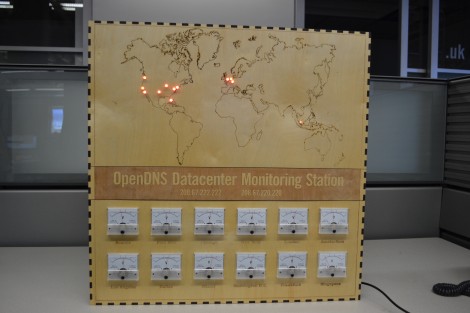AVO meters — literally amp, volt, ohm meters — are not very common in North America but were staples in the UK. [TheHWcave] found an AVO 8 that is probably from the 1950s or 1960s and wanted to get it working. You can see the project in the video below.
These are very different from the standard analog meters many of us grew up with. [TheHWcave] shows how the dual range knobs work together to set the measurement. There are three separate ohm settings, and each one has its own zero pot. We were surprised that the meter didn’t have a parallax-correcting mirror.
Other than dirty switch contacts, the voltage measurements still worked. After cleaning the contacts, most of the ranges worked well, although there were still some issues. Some of the resistor ranges were not working, either. Inside the case were an old D cell and a square battery, a B121 15 V battery. Replacing the 15 V battery with a bench supply made things better.
Some plugins are available to allow the meter to read low resistance or high currents. We thought using the soldering gun as a current source was clever. Once he gets it working, he opens the box around the 14:30 mark.
The inside was all hand-wiring and power resistors. Of course, there are also a ton of contacts for the switches. So it isn’t just an electrical design, but a mechanical one, too. The electrical design is also interesting, and an analysis of it winds the video down.
[Jenny List] has a soft spot for these meters, too. Why use an old meter? If you have to ask…


